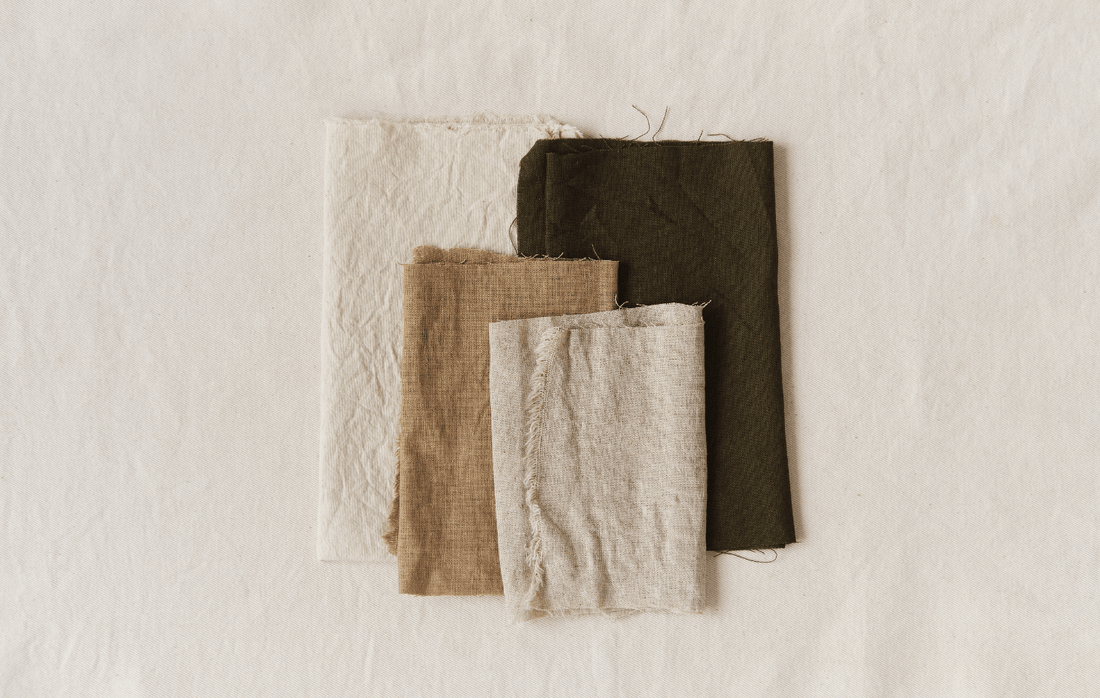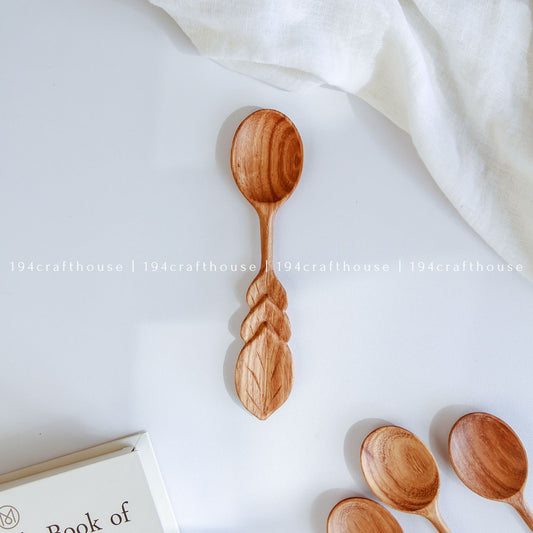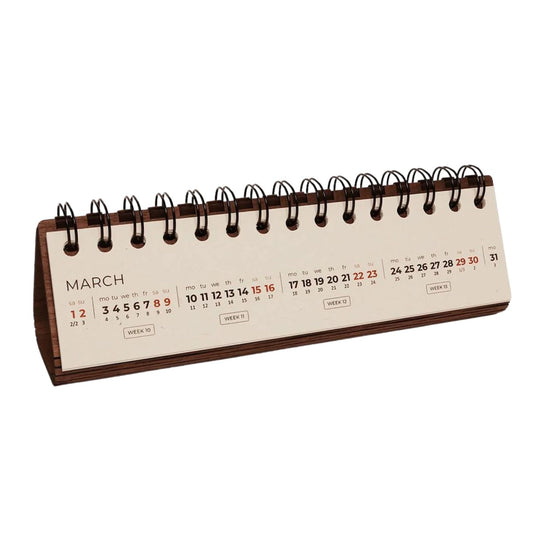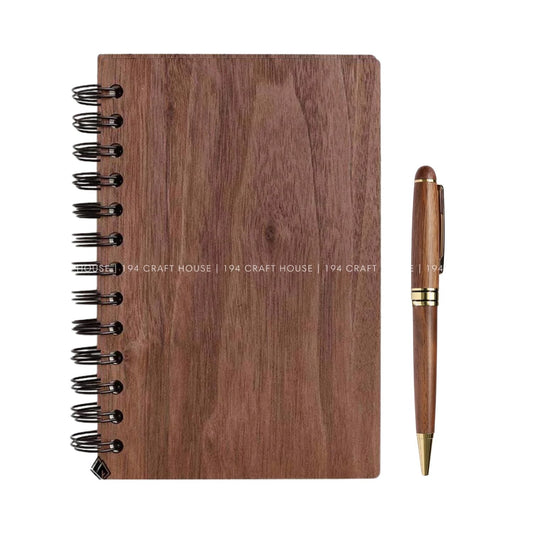Linen is one of the oldest fabrics in human history, with its origins dating back thousands of years. Known for its versatility, durability, and eco-friendly attributes, linen remains a popular choice for clothing, home textiles, and other uses.
In this comprehensive guide, we'll dive into everything you need to know about linen, from its production process to its numerous benefits and how you can incorporate it into your daily life.

Linen is a natural fabric made from the fibers of the flax plant (Linum usitatissimum). It is highly valued for its strength, absorbency, and breathability. Linen has a unique texture that becomes softer and more comfortable with each wash, making it a favorite material for a wide variety of products, including clothing, bedding, and towels.
The flax plant grows in temperate climates and requires minimal water and pesticides, making linen a more environmentally friendly fabric compared to cotton and synthetic fibers. Due to its labor-intensive production process and superior qualities, linen is often considered a luxury fabric, but its long-lasting nature makes it worth the investment.
The History of Linen
Linen has been used by humans for over 6,000 years. Its ancient roots can be traced back to ancient Egypt, where it was highly prized for its purity and strength. Egyptians used linen for clothing, bed linens, and even mummification. The famous Egyptian mummies were wrapped in linen bandages because it was believed to possess protective properties.

Over time, linen spread to other parts of the world, including Europe, where it became a staple fabric for clothing and household items. In the Middle Ages, linen was the preferred material for undergarments, and by the 19th century, linen production had spread to countries like Ireland and Belgium, which are still known for their high-quality linen today.
How Linen is made?

The production of linen begins with the cultivation of flax plants. Once the flax is harvested, the fibers are extracted through a process known as retting. Retting involves soaking the plant in water to break down the outer stalk and release the fibers. After retting, the fibers are separated, combed, and spun into yarn, which can then be woven into fabric.
Linen production is labor-intensive and requires careful attention to detail, but the result is a fabric that is strong, durable, and long-lasting. The production process has minimal environmental impact, as flax plants require little water and pesticides, and the entire plant can be used, resulting in minimal waste.
Benefits of Linen
Durability

One of the standout features of linen is its durability. Linen fibers are much stronger than cotton, and garments or home textiles made from linen can last for many years, even with frequent use and washing. Unlike synthetic fabrics, which tend to break down over time, linen becomes softer and more comfortable as it ages.
Breathability

Linen is known for its exceptional breathability, making it an ideal fabric for warm weather. Its loose weave allows air to circulate freely, which helps regulate body temperature and keeps you cool. This is why linen is commonly used for summer clothing and bedding.
Moisture-Wicking

Linen has natural moisture-wicking properties, meaning it absorbs moisture quickly and dries faster than other fabrics. This makes it an excellent choice for clothing in hot and humid climates, as it helps to keep the wearer dry and comfortable.
Hypoallergenic
Linen is hypoallergenic and resistant to bacteria, making it suitable for people with sensitive skin or allergies. Its natural fibers don’t irritate the skin, and its breathability reduces the likelihood of developing skin conditions caused by trapped moisture or heat.
Sustainability
Linen is one of the most eco-friendly fabrics available. The flax plant requires very little water and can grow in poor soil conditions without the need for pesticides. Additionally, linen production produces minimal waste, as all parts of the plant can be utilized. When linen is no longer usable, it is biodegradable, unlike synthetic fabrics, which can take hundreds of years to break down in landfills.
Timeless Elegance

Linen has a unique texture and a slightly crinkled appearance that adds a touch of rustic elegance to any outfit or home. Its natural fibers give it a luxurious look and feel, and it pairs well with a variety of other materials.
Temperature Regulation
Linen is an excellent insulator. While it’s known for its cooling properties in the summer, it also helps retain warmth in the winter, making it a versatile fabric for year-round use.
Uses of Linen
Linen is an incredibly versatile fabric that can be used in a wide variety of applications. Here are some of the most common uses of linen:
Clothing

Linen is a popular choice for summer clothing, including shirts, dresses, and pants. Its breathability and moisture-wicking properties make it an excellent option for hot weather. Linen garments are comfortable, stylish, and durable, offering a relaxed yet sophisticated look.
Bedding

Linen bed sheets, duvet covers, and pillowcases are highly sought after for their breathability and moisture-wicking properties. Linen bedding helps regulate body temperature during the night, ensuring a comfortable and restful sleep. Linen sheets are also hypoallergenic, making them a great choice for people with allergies or sensitive skin.
Towels

Linen towels are highly absorbent and dry faster than cotton towels. They are often used in kitchens, bathrooms, and for beach or poolside activities. Linen towels are lightweight, durable, and long-lasting, making them a sustainable alternative to traditional towels.
Home Decor

Linen is a popular material for home decor items such as curtains, tablecloths, napkins, and cushion covers. Its natural texture adds warmth and sophistication to any room. Linen is available in a wide range of colors and patterns, making it easy to incorporate into various interior design styles.
Kitchen and Dining

Linen Napkins and Rattan Napkin Rings Set
Linen, with its soft texture, natural beauty, and durability, is a popular choice for kitchen and dining table linens, such as linen tablecloths, linen napkins, and linen placemats. Its versatility allows it to be used in various ways, adding a touch of elegance and sophistication to your home.
Upholstery

Linen fabric is often used for upholstery because of its durability and resistance to wear and tear. It can be used to cover chairs, sofas, and other furniture, adding a touch of elegance and comfort to any living space.
Eco-Friendly Packaging

Due to its sustainable properties, linen is increasingly being used in eco-friendly packaging solutions. Linen bags, for example, are a reusable and biodegradable alternative to plastic bags. They are sturdy, breathable, and stylish, making them an attractive option for conscious consumers.
Caring for Linen
While linen is durable and long-lasting, it does require some specific care to ensure its longevity. Here are some tips for properly caring for linen:
Washing
Linen can be machine washed on a gentle cycle with cold or lukewarm water. It is best to use mild detergents to avoid damaging the fibers. Avoid using bleach, as it can weaken the fabric and cause discoloration.
Drying
Linen can be air-dried or tumble-dried on low heat. Avoid high heat, as it can shrink the fabric. If you choose to air-dry, it’s best to hang linen garments or textiles on a drying rack or lay them flat to prevent wrinkles.
Ironing
Linen naturally has a slightly wrinkled appearance, which many people find adds to its charm. However, if you prefer a smoother look, linen can be ironed on a medium to high heat setting. It is easier to iron linen when it is still slightly damp.
Storing
Linen should be stored in a cool, dry place. Avoid folding linen garments or textiles for extended periods, as this can create creases. If possible, hang linen clothing to maintain its shape and prevent wrinkles.
 Read the article: How to Clean and Care for Linen Products
Read the article: How to Clean and Care for Linen Products
Linen is an exceptional fabric that offers a wide range of benefits, from its durability and breathability to its eco-friendly production process.
Whether you're looking for sustainable clothing, comfortable bedding, or elegant home decor, linen is a versatile and timeless choice. Its ability to regulate temperature, wick moisture, and soften with age makes it a top contender for those seeking quality and sustainability in their lifestyle.
Investing in linen means investing in a fabric that will stand the test of time, both in terms of style and environmental impact.









1 comment
I love linen clothing